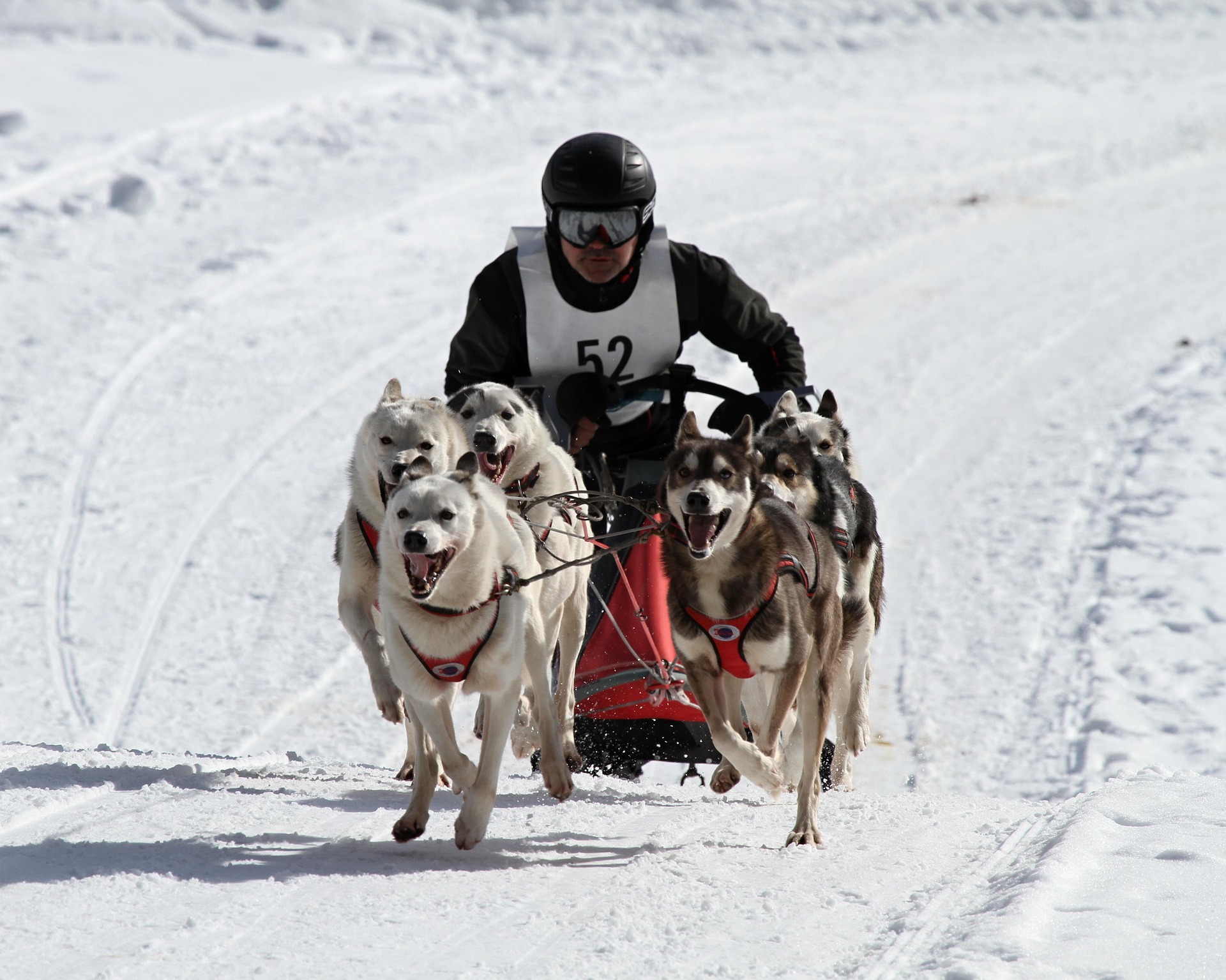Unconventional Champions: An In-depth Study of Sled Dog Racing
Two teams race on a frozen wilderness, propelled by raw vitality and a singular, shared vision—winning. Welcome to the thrilling world of sled dog racing. Unwind the intriguing threads of this exotic sport, as we dive deep into its history, vitality and present-day trends, charting an exciting course.
Tracing Pawprints: Origin and Evolution of Sled Dog Racing
Sled dog racing, a historic mode of transportation, evolved into a full-fledged sport by the early 19th century. In the Yukon and Alaskan regions, sled teams, fueled by resilience and courage, turned the hostile landscapes of ice and snow into vibrant trails of athletic competition. As trading routes faded, sled dog races emerged, celebrating subsistence lifestyles, keeping the traditional husky breeds in limelight, and spurring local economies with winter tourism.
Huskies and Hearts Racing: Unpacking the Mechanism of Sled Dog Racing
Sled dog racing requires teams of 4 - 12 dogs pulling a sled driven by a ‘musher.’ The races range from sprint races covering 40 miles to endurance races spanning over 1,000 miles. Besides challenging physical barriers, mushers and dogs pit their symbiotic relationship, teamwork, and mental grit against an unforgiving frozen wilderness. The bonds developed within sled dog teams, fuelled by shared adversity, are among the most compelling in sports.
Ice-Locked Challenges and Triumphs: Current Trends in Sled Dog Racing
As the modern world inches closer to the last frontiers, sled dog racing has evolved. This traditional sport, still deeply rooted in its origins, is now marked by GPS tracking, expert nutritionists, and advancements in sled design. However, modernity also brings challenges, with climate change disrupting race tracks and controversies surrounding animal welfare. Yet, the sport continues to grow, resonating globally with televised races and increasing crowd engagements.
From Tundra Trails to Trading Cards: Popular Culture Impact of Sled Dog Racing
Interestingly, sled dog racing’s impact is not just on the icy trails of Alaska but also trickles into popular culture—inspiring stories, films and even trading cards. Balto’s heroics in the 1925 serum run to Nome—an event now commemorated by the Iditarod Trail Sled Dog Race—is an example of the sport’s seamless integration into the cultural fabric.
Pioneer Parallels: Sled Dog Racing and Human Performance Enhancement
While providing thrilling competition, sled dog racing also offers crucial insights into performance enhancement studies. Studies on the cardiovascular system of racing sled dogs provide valuable perspective on cardiac stress and adaptation, closely paralleling human physiology. While basketball or soccer might grab headlines, it is in the icy wilderness that silent revolutions in performance enhancement are unfolding.
With fascinating dynamics and far-reaching cultural impact, sled dog racing offers a fresh lens to view sports. The sport, far removed from contemporary athletics, contributes considerably to our understanding of resilience, teamwork, and performance, making it a compelling course in the vast sportscape.





